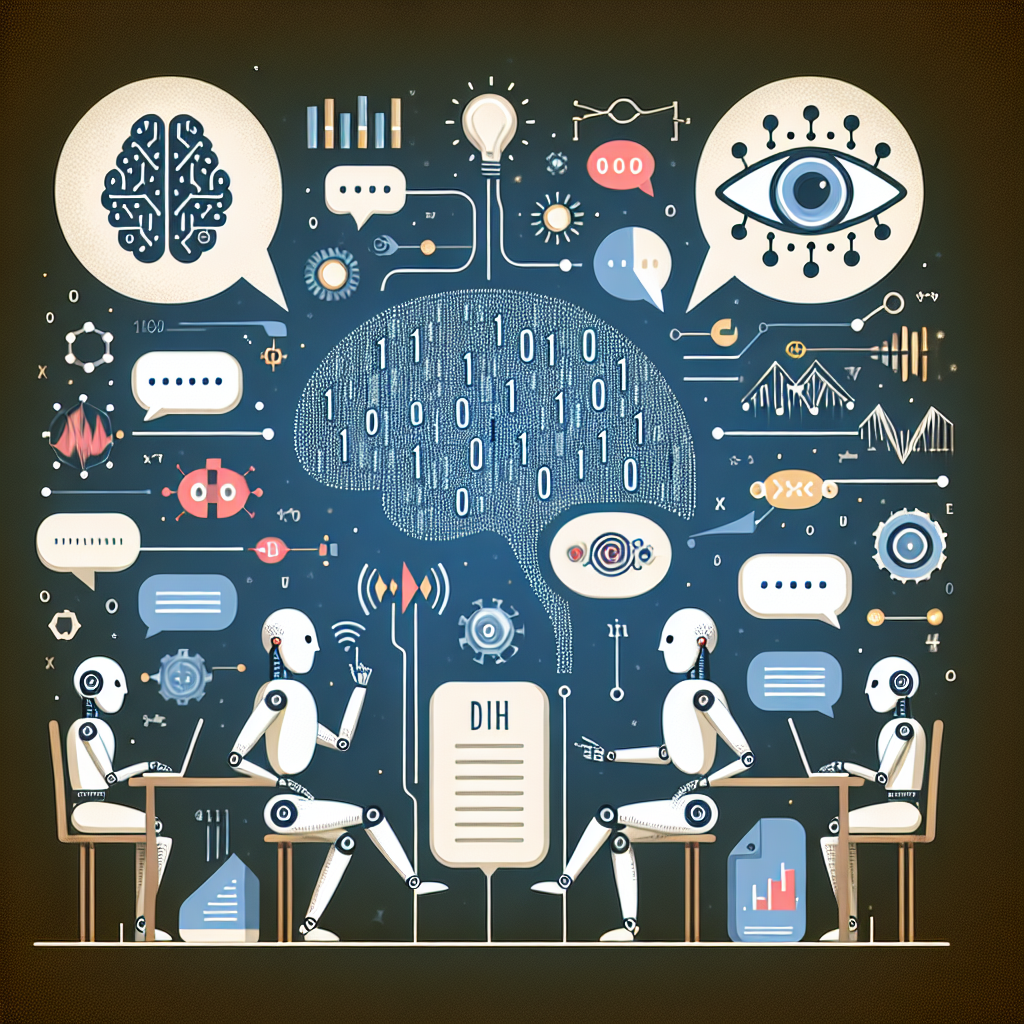Natural Language Processing (NLP) is a field of artificial intelligence that focuses on the interaction between computers and humans using natural language. It involves the development of algorithms and models that enable machines to understand, interpret, and generate human language in a way that is both meaningful and contextually relevant. NLP has had a profound impact on dialogue systems, also known as conversational agents or chatbots, by improving their ability to communicate with users in a more natural and human-like manner.
Dialogue systems have been around for decades, with early examples dating back to the 1960s. However, it wasn’t until the advent of NLP that these systems began to truly evolve and become more sophisticated. NLP has enabled dialogue systems to understand the nuances of human language, such as slang, colloquialisms, and cultural references, making them more effective at engaging with users and providing relevant and accurate responses.
One of the key ways in which NLP has impacted dialogue systems is through the development of natural language understanding (NLU) models. NLU is the ability of a machine to comprehend and interpret human language, allowing it to extract meaning from text or speech. NLP algorithms such as natural language understanding (NLU) have enabled dialogue systems to analyze and interpret user input more accurately, leading to more effective and personalized interactions.
Another way in which NLP has influenced dialogue systems is through the development of natural language generation (NLG) models. NLG is the process of generating human-like text or speech based on a set of input data. By leveraging NLG algorithms, dialogue systems can generate responses that are more natural and fluid, enhancing the overall user experience and making interactions with the system more engaging and intuitive.
In addition to NLU and NLG, NLP has also played a crucial role in improving the overall performance and reliability of dialogue systems. By enabling machines to process and understand human language more effectively, NLP has helped to reduce errors and misunderstandings in conversations, leading to more accurate and relevant responses.
Furthermore, NLP has also facilitated the development of multilingual dialogue systems, allowing users to interact with the system in multiple languages. This has helped to break down language barriers and make dialogue systems more accessible and inclusive to a wider range of users.
Overall, the impact of NLP on dialogue systems has been profound, transforming them from simple rule-based systems to sophisticated and intelligent conversational agents that can engage with users in a more natural and human-like manner. As NLP continues to advance and evolve, we can expect to see even more improvements in dialogue systems, making them an integral part of our daily lives.
FAQs:
Q: What are some examples of dialogue systems that use NLP?
A: Some popular examples of dialogue systems that leverage NLP include virtual assistants like Siri, Alexa, and Google Assistant, as well as chatbots used by companies for customer service and support.
Q: How does NLP improve the user experience with dialogue systems?
A: NLP enables dialogue systems to understand and interpret human language more accurately, leading to more relevant and personalized interactions with users. This improves the overall user experience by making conversations more natural and engaging.
Q: Can dialogue systems using NLP understand multiple languages?
A: Yes, NLP has enabled dialogue systems to support multiple languages, allowing users to interact with the system in their preferred language. This helps to make dialogue systems more inclusive and accessible to a wider range of users.
Q: What are some future advancements we can expect to see in dialogue systems with NLP?
A: In the future, we can expect to see even more advanced NLP models that can better understand and generate human language, leading to more intelligent and sophisticated dialogue systems. Additionally, we may see improvements in areas such as emotional intelligence and context awareness, making conversations with dialogue systems even more natural and seamless.

